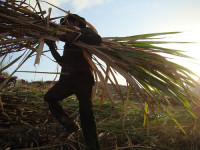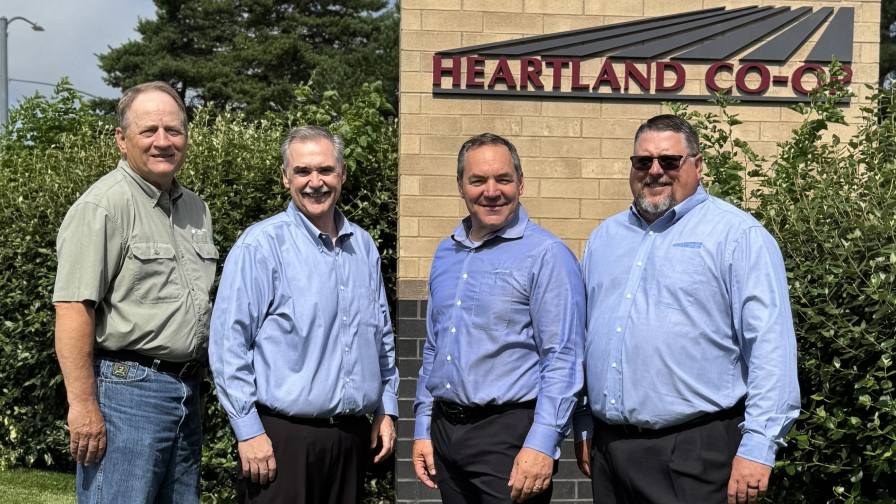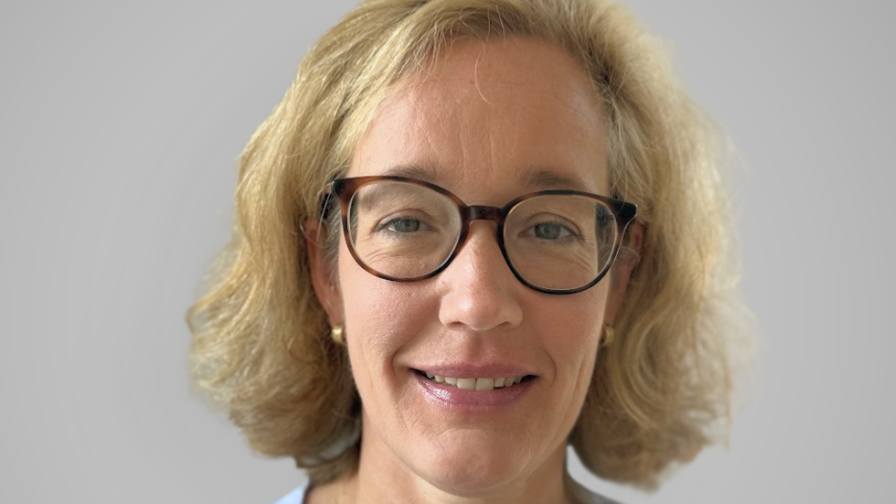Big. Bigger. Brazil.

A cursory glance of Brazil’s agricultural sector headlines of the year so far suggests a rather grim state of affairs: crops parched by drought, downgraded production forecasts and orange juice exports tainted with fungicides. That other story – how there is seemingly no end to its breathtaking growth – often gets pushed to the rapidfire Internet news cycle backburner. At least once in a while, it can’t hurt to revisit the bigger picture.
Phil Warnken, president and CEO of investment consultancy AgBrazil, says the scope of the country’s untapped potential bewilders even him, a Brazilian agriculture insider for the past nearly 50 years. “It’s beyond belief. I was there three weeks ago, and we flew over an area for two hours at 140 miles per hour,” he says. “We flew for 300 miles in [the northern state of] Pará, and all of the land below me was absolutely untouched.” Why it remains undeveloped comes down to a basic lack of capital – it will take “several decades” for the market to raise enough cash to open up truly significant frontier land for cultivation, he says.
Warnken, who wrote an influential book in the late ’90s, “The Development and Growth of Brazil’s Soybean Industry” on the promise of Brazil’s vast, tropical savannah – the cerrado – bore witness to the rapid rise of that sector, which has surpassed agriculture’s traditional wheat keystone, as well as coarse grains. The trajectory is expected to continue over the next decade, according to USDA’s recently issued 10-year baseline forecast. Warnken says Brazil is only just getting started on opening its soybean frontier, and that myriad factors will affect development. “But the thing that will clearly, undoubtedly propel Brazil’s development is the increase in income in China and India, Malaysia and Indonesia. The Asian income boom is what’s driving [demand.] When people get more money they want to eat more meat.”
Based on USDA baseline projections and 10-year forecasts published by the Brazilian Ministry of Agriculture, combined average growth over the next decade for commodities is nearly 27% in Brazil, compared to 8% for the US.
As is the case in the US, rallying commodity prices have sent farmland prices up in Brazil, to the tune of 20% in the southern state of Paraná last year, according to the state’s economic department, Deral. Input costs, in turn, are widely reported to be higher in 2012. But fertilizer use in Brazil is still expected to reach record levels this year, according to USDA.
Brazil’s farmers are expected to plant a record total cropland of 51.2 million hectares for the 2011-12 year, up 2.7% over last season, according to Conab, the country’s crop agency. And by 2020-21, crop area is targeted to expand nearly 10% from 62 million to 68 million hectares, driven by sugarcane and soybeans. USDA points out that private sector estimates are markedly higher, ranging from 70 million to 100 million hectares. In other words, there is a possibility that Brazil’s land for cultivation almost doubles in the next eight years.
GM seed is playing a key role in raising yields. USDA says historical data shows Brazil’s “production boom is, in part, a result of the rapid adoption of biotech seed varieties.” Brazil is on track to displace the US as the world leader in area devoted to glyphosate-tolerant and Bt crops, says Dr. Clive James of the International Society for the Advancement of Agri-Biotech Applications (ISAAA). The country added 19% biotech crop area last year to reach 30.3 million hectares, outpacing every other country on earth for the third straight year, according to ISAAA. Drought tolerance in Monsanto’s corn – approved in the US in December – could serve as a catalyst for even faster adoption, says James.
The lion’s share of Brazil’s crop is Roundup Ready soybeans, focused mainly in Mato Grosso and Paraná. Just 10 years since their debut, herbicide-tolerant soybeans covered 83% of the 25-million hectare 2011 crop.
Building on robust gains, crop area might soon expand in Mato Grosso as the BR 163 road connecting Cuiabá to the Amazon port town of Santarém is completed, USDA says. It projects that as many as 200,000 hectares could be converted to cropland this year. Meanwhile, more producers are buying up cheaper land in Maranhão, Piauí and Tocantins – although they are limited by a drier climate that means only one crop is harvested each year, versus two in Mato Grosso.
In the global corn trade, Brazil is also expected to claim a greater share throughout the next decade, along with Ukraine and the European Union, according to USDA’s 10-year forecast. Bt and stacked Bt/herbicide-tolerant corn – grown in the country for less than five years – comprised 54% of the summer crop, and 80% of winter corn (safrinha) last year, lessening the need for insecticides. Heavier deployment of stacked traits is on pace to continue, ISAAA says.
Ethanol demand both domestically and abroad, on top of rising global sugar demand, are lifting its sugarcane industry, which is recovering from two years of poor harvests. UNICA, Brazil’s sugarcane industry association, projects cane output needs to double over the next decade. Brazil supplies more than half of the world’s sugar, and essentially sets the prices on the market according to its harvest levels. Cane-based ethanol will capture one-third of all ethanol production in 2020, with consumption in Brazil alone reaching 41 billion liters, say the OECD and FAO in their annual Agricultural Outlook report.
However, Warnken and other experts caution that capacity expansion in sugarcane ethanol will be tough due to the hundreds of millions of dollars required for establishing a mill in a new area, at the same time the industry struggles to attract investment in the aftermath of the 2008-09 global financial crisis.






